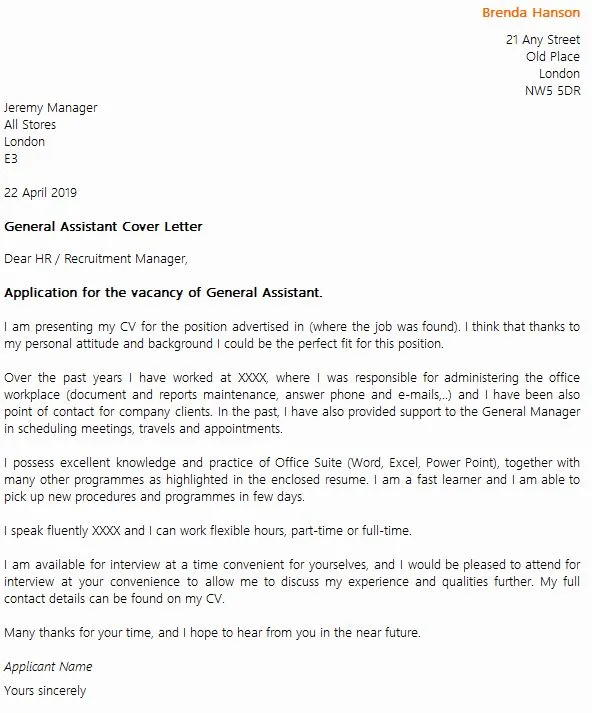What is a Cover Letter?
A cover letter is a crucial document that accompanies your resume when applying for a job. It serves as an introduction, providing potential employers with a glimpse into your professional background, skills, and motivations. Unlike your resume, which presents a summary of your experiences, a cover letter allows you to elaborate on your qualifications and express your enthusiasm for the specific role and company. It’s your opportunity to make a strong first impression and persuade the hiring manager to read your resume carefully. A well-written cover letter can significantly increase your chances of getting an interview, while a poorly written one can lead to your application being overlooked.
Purpose of a Cover Letter
The primary purpose of a cover letter is to connect your qualifications to the specific job requirements and demonstrate your interest in the opportunity. It’s a chance to showcase your personality and writing skills, making you stand out from other applicants. Furthermore, a cover letter allows you to explain any gaps in your employment history or address any concerns a hiring manager might have. By clearly articulating your career goals and how they align with the company’s objectives, you demonstrate that you’ve done your research and are a good fit for the role. Ultimately, a compelling cover letter serves to entice the employer to invite you for an interview, marking a crucial step in the job application process.
Key Elements of a Cover Letter
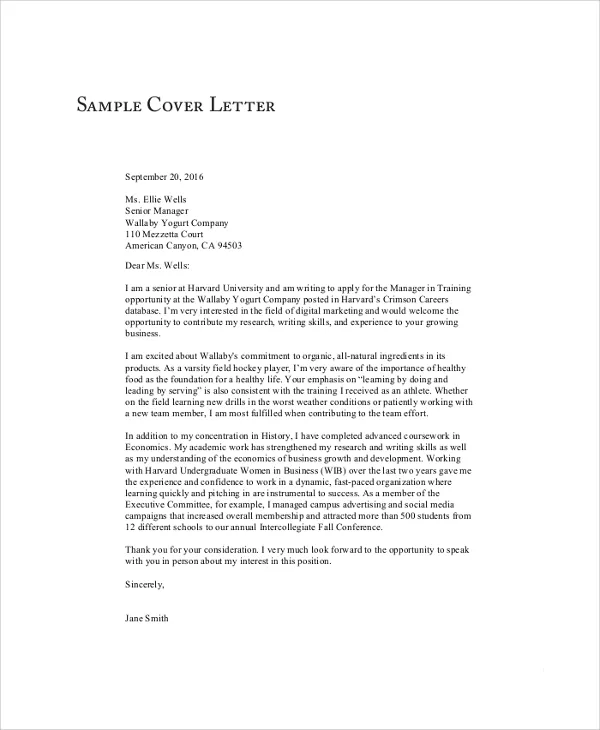
A strong cover letter consists of several key elements that work together to create a compelling narrative. These include your contact information and the date, a professional greeting addressing the hiring manager or the relevant contact person, a clear and concise introduction that states your interest and the position you are applying for. The body paragraphs should highlight your relevant skills, qualifications, and experiences, providing specific examples to support your claims. You must demonstrate your enthusiasm for the company and explain how your goals align with their mission. A strong call to action and a polite closing complete the letter, encouraging the reader to consider your application favorably.
Contact Information and Date
Start your cover letter with your full name, address, phone number, and email address at the top left. Include the date below your contact information. Ensure that your contact information is up-to-date and professional-looking. The date should match the day you are sending the application. This section ensures the hiring manager knows how to reach you and provides context to the letter. Proper formatting and attention to detail in this initial section set a professional tone for the rest of your application.
Greeting
Address your cover letter to a specific person if possible, research the hiring manager’s name and use it. If you can’t find a specific name, use a professional greeting such as “Dear Hiring Manager” or “Dear [Department] Team”. Avoid generic greetings like “To Whom It May Concern” as they indicate a lack of effort. Using the recipient’s name shows that you have taken the time to personalize your application, which can make a positive impression. Ensure the greeting is formal and professional, aligning with the tone of the company you are applying to.
Body Paragraph 1 Introduction and Interest
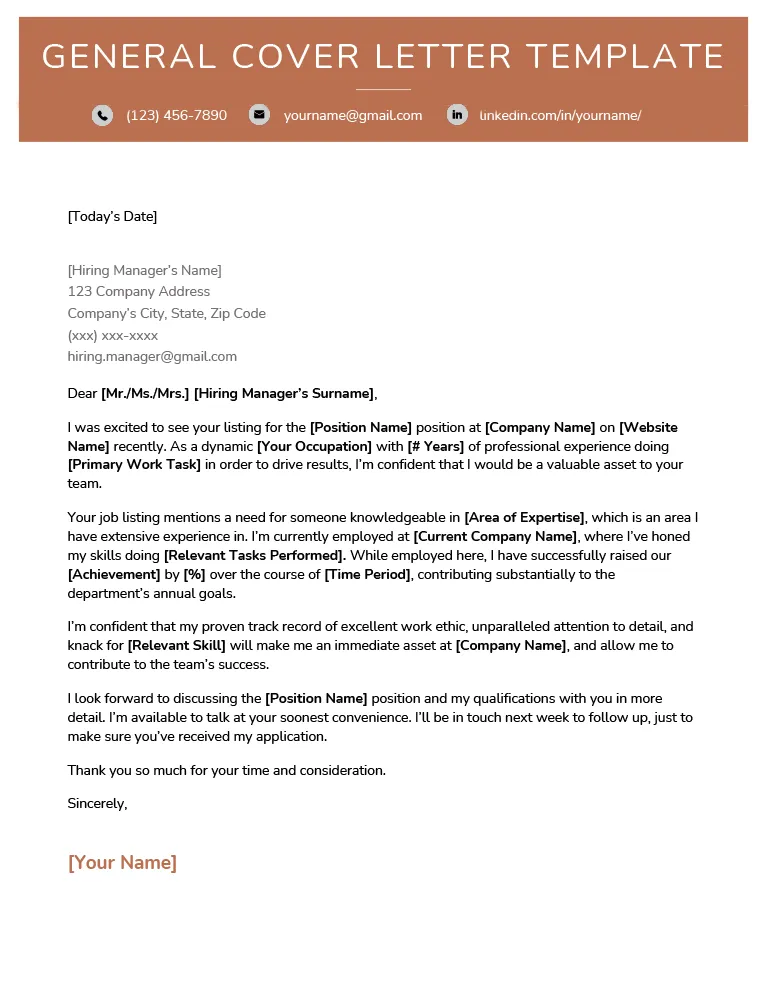
The introduction of your cover letter should immediately capture the reader’s attention and state the purpose of your letter. Clearly mention the position you are applying for and how you found the job listing. Express your strong interest in the role and the company. Briefly highlight a key skill or experience that aligns with the job requirements to immediately demonstrate your suitability. Be concise and confident, making sure the opening paragraph sets a positive tone and motivates the hiring manager to continue reading the rest of the letter. This is your first opportunity to make a positive impact and entice the reader.
Body Paragraph 2 Skills and Qualifications
The second paragraph should focus on your skills and qualifications. Carefully review the job description and identify the key requirements. Select 2-3 relevant skills or experiences from your background. Provide specific examples of how you’ve demonstrated these skills in previous roles. Use the STAR method (Situation, Task, Action, Result) to provide concrete evidence of your accomplishments and showcase your ability to deliver results. This section is an opportunity to demonstrate how your background aligns with the employer’s needs, making it clear why you are a good fit for the role.
Body Paragraph 3 Enthusiasm and Company Alignment
In the final body paragraph, express your enthusiasm for the company and role. Show that you have researched the company and understand its mission, values, and recent achievements. Explain how your goals align with the company’s objectives and how you can contribute to its success. Mention specific aspects of the company that appeal to you and show you are interested beyond just the job. Demonstrate that you see yourself as a good cultural fit. This demonstrates your commitment to the company and your genuine interest in the position. Customize this paragraph to make sure it is relevant to each company.
Call to Action and Closing
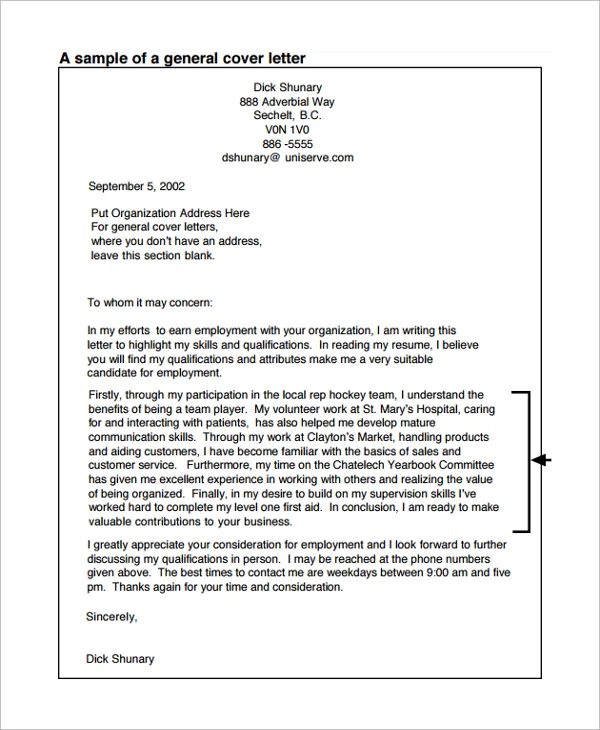
Conclude your cover letter with a call to action, expressing your interest in an interview. Reiterate your contact information and thank the hiring manager for their time and consideration. Use a professional closing, such as “Sincerely” or “Best regards,” followed by your full name. Proofread the entire letter carefully for any errors in grammar or spelling. This final impression is vital, so ensure it is polished and professional. Your closing should leave a positive impression and encourage the hiring manager to invite you for an interview.
Formatting and Design Tips
Formatting and design play a key role in the readability and professionalism of your cover letter. Use a standard font such as Arial or Times New Roman in a readable size, like 11 or 12 points. Keep the layout clean and uncluttered, with one-inch margins on all sides. Use single-spacing within paragraphs and double-spacing between paragraphs. Break up large blocks of text with bullet points or short paragraphs to improve readability. Ensure the letter is well-organized, with clear headings and a logical flow. Make sure the formatting is consistent throughout the document, and always save your cover letter as a PDF to preserve the formatting when it is opened by the hiring manager.
Proofreading and Editing
Proofreading and editing are essential steps in the cover letter writing process. Errors in grammar, spelling, or punctuation can detract from the quality of your application. Always review your cover letter multiple times, and consider using a grammar checker. Read the letter out loud to catch any awkward phrasing or sentence structure issues. Ask a friend, family member, or career counselor to review your cover letter for clarity, coherence, and professionalism. Getting a second opinion can help ensure you present yourself in the best possible light, without any avoidable mistakes.
Common Cover Letter Mistakes
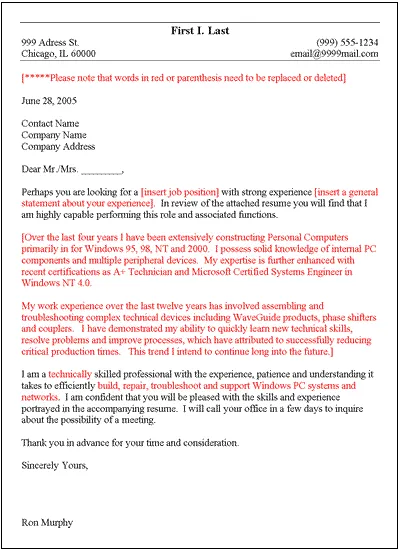
There are several common mistakes to avoid when writing a cover letter. Avoid using a generic cover letter; always customize your letter for the specific job and company. Do not repeat your resume verbatim; your cover letter should expand on and highlight your skills and experiences. Avoid spelling and grammatical errors, as they create a negative impression. Do not include irrelevant information. Make sure to tailor your letter to the specific job posting. Avoid being too informal, and make sure your tone is professional. Do not exceed one page in length. Do not focus solely on what you want; show the employer how you can contribute to their company.
Template Options and Customization
Using a cover letter template can save time and provide a strong foundation for your letter. However, don’t rely solely on templates. Customize the template to fit your unique skills, experiences, and the specific job you are applying for. There are various cover letter templates available online, ranging from basic to more creative designs. Choose a template that suits your industry and the company culture, ensuring it is professional and easy to read. Adapt the template’s structure and content to match the job requirements and highlight your most relevant qualifications. Avoid using a template that is overly generic and make sure your letter is tailored to the specific opportunity and company.
Tips for Different Job Types
Cover letter writing varies depending on the job type. For entry-level positions, focus on any relevant coursework, internships, and volunteer experiences. For those in more creative fields, you may have more flexibility in formatting and tone, showcasing your creative skills. In technical fields, emphasize your skills and accomplishments by providing specific examples and data. When applying for remote positions, highlight your ability to work independently and manage your time effectively. For government jobs, be sure to follow the specific instructions and address any required qualifications. No matter the job, always tailor your cover letter to the specific role and company to demonstrate that you’re a good fit.
Highlighting Your Achievements
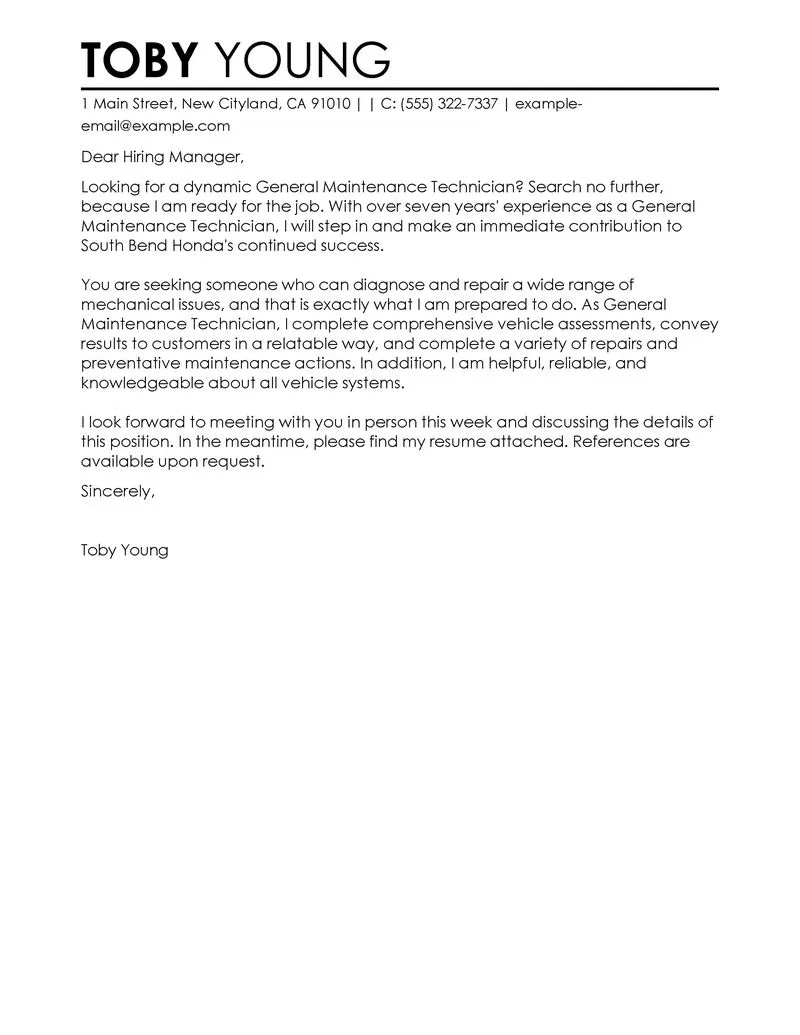
Focus on highlighting your achievements instead of just listing your responsibilities. Use action verbs to describe your accomplishments and quantify your results whenever possible. For example, instead of saying “Managed social media accounts,” you could say “Increased social media engagement by 30% by implementing a new content strategy.” Use the STAR method to provide context for your achievements, explaining the situation, your tasks, your actions, and the results. Show how you have made a positive impact in your previous roles. Demonstrating your achievements makes your cover letter more compelling and provides concrete evidence of your capabilities.
Tailoring Your Cover Letter
Tailoring your cover letter is crucial for increasing your chances of getting an interview. Customize each cover letter to match the specific job description and company. Research the company’s mission, values, and recent activities to understand their needs. Highlight the skills and experiences that align with the job requirements and explain how you can contribute to the company’s goals. Demonstrate your understanding of the company and your genuine interest in the opportunity. Tailoring your cover letter shows that you have taken the time to understand the role and are a serious candidate, making a strong impression on the hiring manager.
Including Keywords
Incorporating relevant keywords from the job description into your cover letter can help your application get noticed by applicant tracking systems (ATS) and hiring managers. Identify the key skills and qualifications listed in the job description and strategically include them in your cover letter. Use these keywords naturally within your sentences, not as a list. This will help show that you meet the requirements for the position. Avoid keyword stuffing. Make sure your language flows naturally and is easy to understand. Keywords will help your application be seen by a human reader, increasing your chances of landing an interview.
Dos and Don’ts of Cover Letter Writing
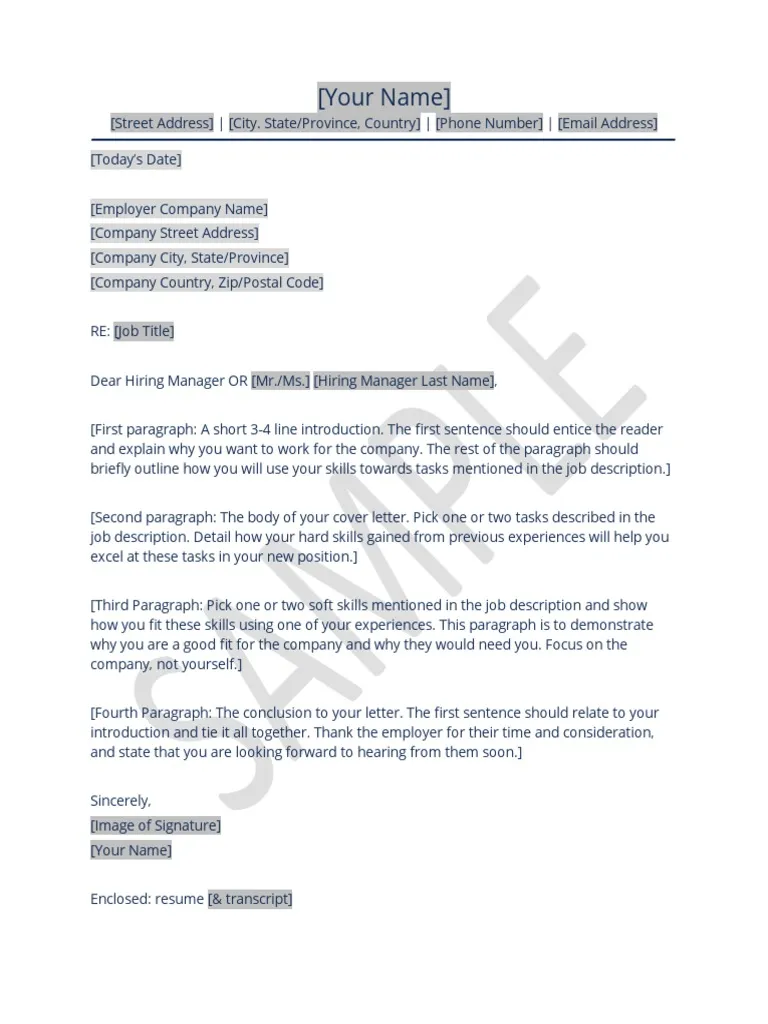
When writing your cover letter, DO be concise, professional, and enthusiastic. DO tailor each letter to the specific job and company. DO proofread carefully. DO highlight your achievements and skills. On the other hand, DON’T use generic templates without customization. DON’T repeat your resume verbatim. DON’T make spelling or grammatical errors. DON’T exceed one page. DON’T focus solely on what you want from the job. Instead, you should show the employer what you can offer them. Following these guidelines will help you create a compelling cover letter and improve your chances of landing your dream job.
